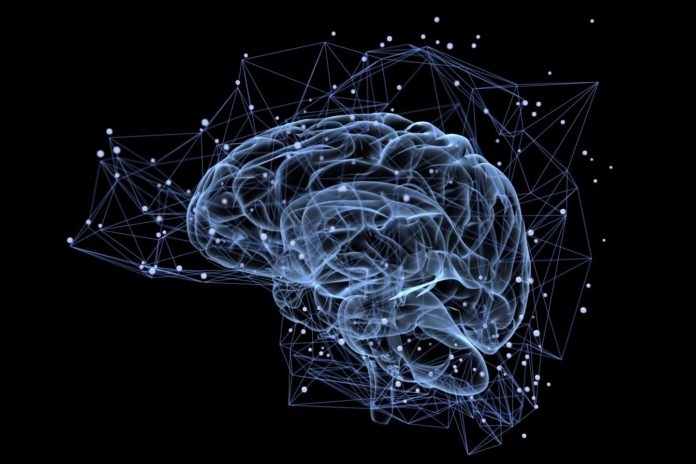It’s easy to take the human body for granted. But, it’s an amazing vessel. And, the human mind is an incredible part of that. There are so many different things going on in the brain at any one time. So how on Earth does it manage to translate any new information perceived from the outside world and transform it into something we call memory?
The Human Brain Project is a collaboration of international researchers all working towards this same goal and has just recently published a study on this subject in the PLOS Computational Biology Journal. It centers in on a part of the brain that involves behavior, memory, and reward learning – the neuronal circuits in the striatum. Results from the study give scientists a better understanding of the nervous system and the way in which it learns and adapts to change.
Within the brain are neuronal circuits that all interconnect with one another via synapses. Every time one of these synapses is modified, it has an impact on the way we react to certain stimuli or remember things. Synaptic plasticity occurs when certain synapses become stronger or weaker over time due to a response to the neural activity it experiences and is one way these neuronal circuits are modified. By taking a closer look at the underlying biochemical reactions involved in synaptic modifications, scientists have discovered a great deal more about the mechanism of plasticity.
Learning about plasticity mechanisms is essential in understanding how things such as learning and the formation of memories occur within the brain. Synaptic plasticity is determined through the information that’s processed through synaptic signal transduction networks. And, on occasion, even single molecules can realize these networks computational capabilities.
“Our work provides a significant step towards understanding what we can call “molecular recognition” of these AC proteins, based on which neurons can control with astonishing precision and fidelity the speed of AC’s catalyzed reaction. This, in turn, activates subsequent downstream processes essential for neuronal function.”
There are a total of 9 membrane-bound AC variants expressed within the brain, with AC5 being most dominant in the striatum. During the process of reward learning, cAMP production is necessary for strengthening synapses which interconnect the cortical and striatal neurons. For this study, the team used a multiscale simulation approach in which to construct a kinetic model of the signaling system. “From this model, we could find out how AC5 can detect particular combinations of simultaneous changes in neuromodulatory signals which result in synergistic cAMP production,” said Rebecca Wade, leader of the study at the Heidelberg Institute for Theoretical Studies (HITS).
Illustration: Tatiana Shepeleva /Shutterstock

